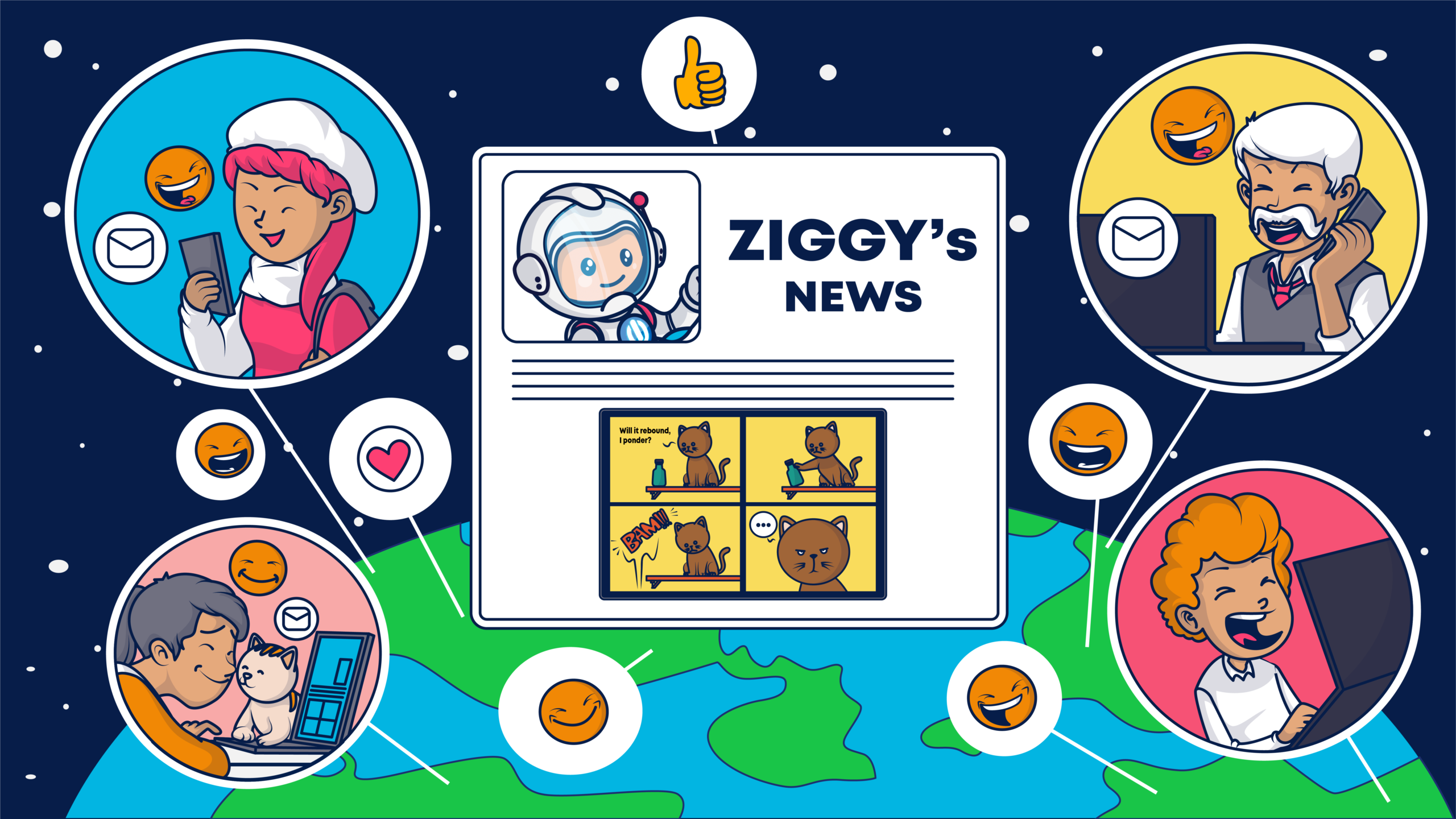Email marketers talk about tips and tricks to improve campaigns, optimize engagement, split test promotions and so on. While all those things are important, they only matter if your emails actually make it to your recipient.
If your emails do not make it to your target audience, subject lines, CTAs and any other measure won’t matter.
That is why it is important for email marketers to understand what is email deliverability, and discover what negatively and positively impacts deliverability rates.
Top 5 Things That Negatively Impact Deliverability
Before improving email deliverability, it is important to recognize the signs of poor deliverability and the actions that negatively impact deliverability
- IP reputation – The primary reason for a decline in deliverability is a negative change in IP reputation. Companies that use shared IPs may be at a higher risk of suffering from poor deliverability since the actions of other companies directly impact their IP.
- Complaints – High complaints are also a main driving factor that negatively impacts deliverability. Spam complaints and unsubscribes are the number one indicator for mailbox providers that recipients do not want to receive your emails, though only the former impacts your deliverability.
- Single Opt In – Since many mailbox providers today want to ensure that their users only receive the emails they signed up for, having a single-opt in subscriber list can negatively impact deliverability. Single-opt in does not verify the email address, thus it increases the chances of erroneous emails and spambots.
- Subject Lines – While subject lines are crucial for enticing recipients and getting them to open an email, having a subject line that is full of spam filter trigger words, that uses all capitals, special characters and excessive symbols can result in a decline in deliverability.
- Low Engagement – Mailbox providers recognize that a lack of engagement means recipients do not care for your content or emails. When consumers don’t engage with your brand, mailbox providers are more likely to filter your emails, causing an even sharper decline in deliverability and engagement and so on.
Top 5 Things That Positively Impact Deliverability
Once email marketers know what they need to avoid to negatively impact deliverability, it’s important to act in ways that have a strong positive impact on deliverability.
- List Segmentation – Segmenting lists based on recipients’ past behavior is a great way to increase engagement and connection to your brand. Not only does this strengthen customer loyalty, but it also improves engagement which, as a result, increases deliverability.
- List Hygiene – Routinely cleaning lists and making sure to remove unengaged users, avoiding traps and invalid emails will increase list engagement and deliverability.
- Simplify Unsubscribing – Instead of making it difficult for a recipient to unsubscribe from your list, make your unsubscribe process simple. Be sure to ask recipients why they are leaving your list and if they would like to change the content or frequency of deliverability.
- Consistent Frequency – Sending one email one month and 10 another is too erratic and a recipe for disaster. Be sure to send enough emails so your subscribers do not forget you, but not too many that you overwhelm their inbox.
- Routinely Monitor Analytics – Make sure to routinely examine campaign results in your email marketing platform. Catch a decline in engagement or an increase in bounces before either impacts your IP reputation and deliverability.
In order to avoid these pitfalls, you’ll need a sophisticated email marketing platform. Learn how Ongage can help you in your quest for higher deliverability by clicking the button below.














